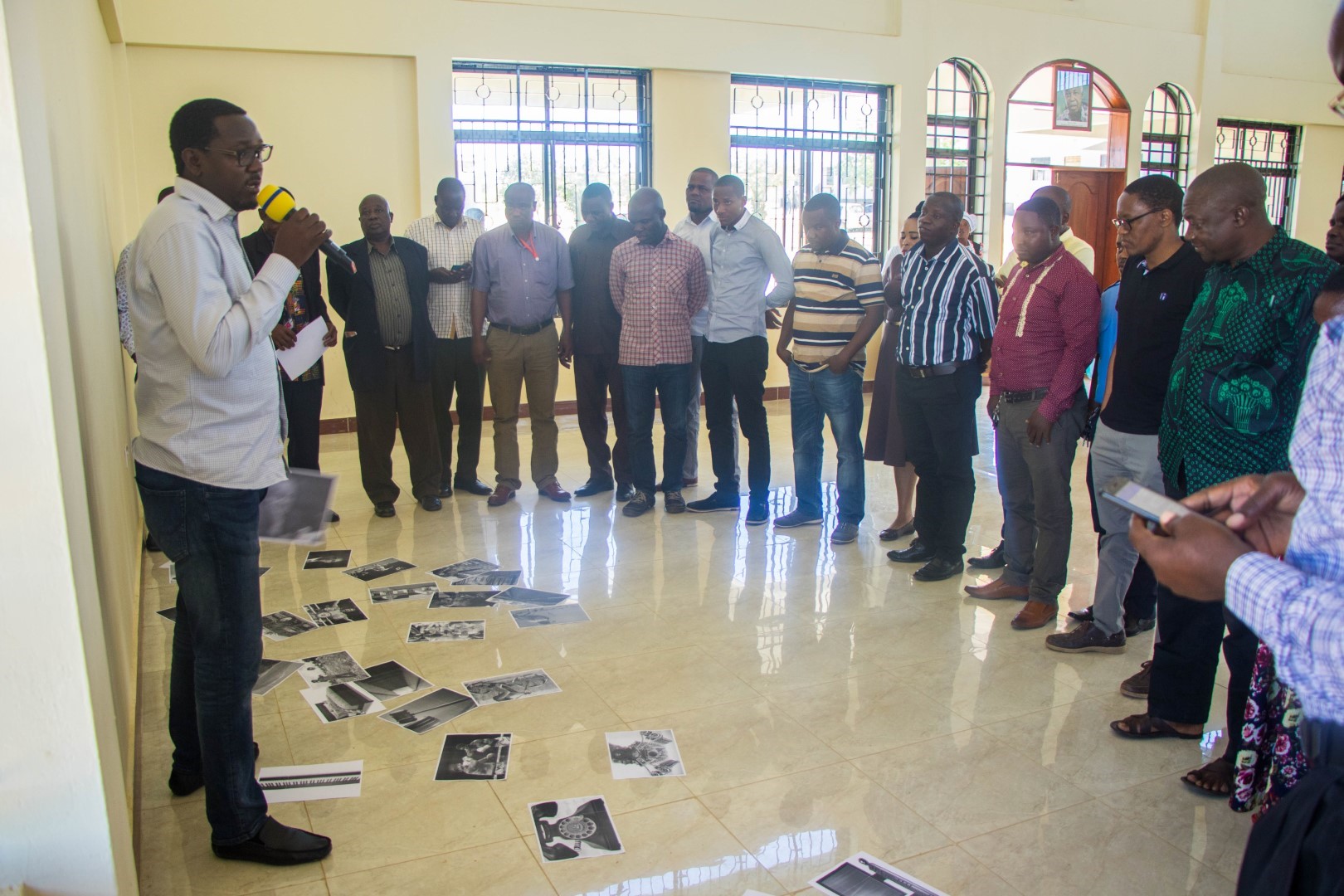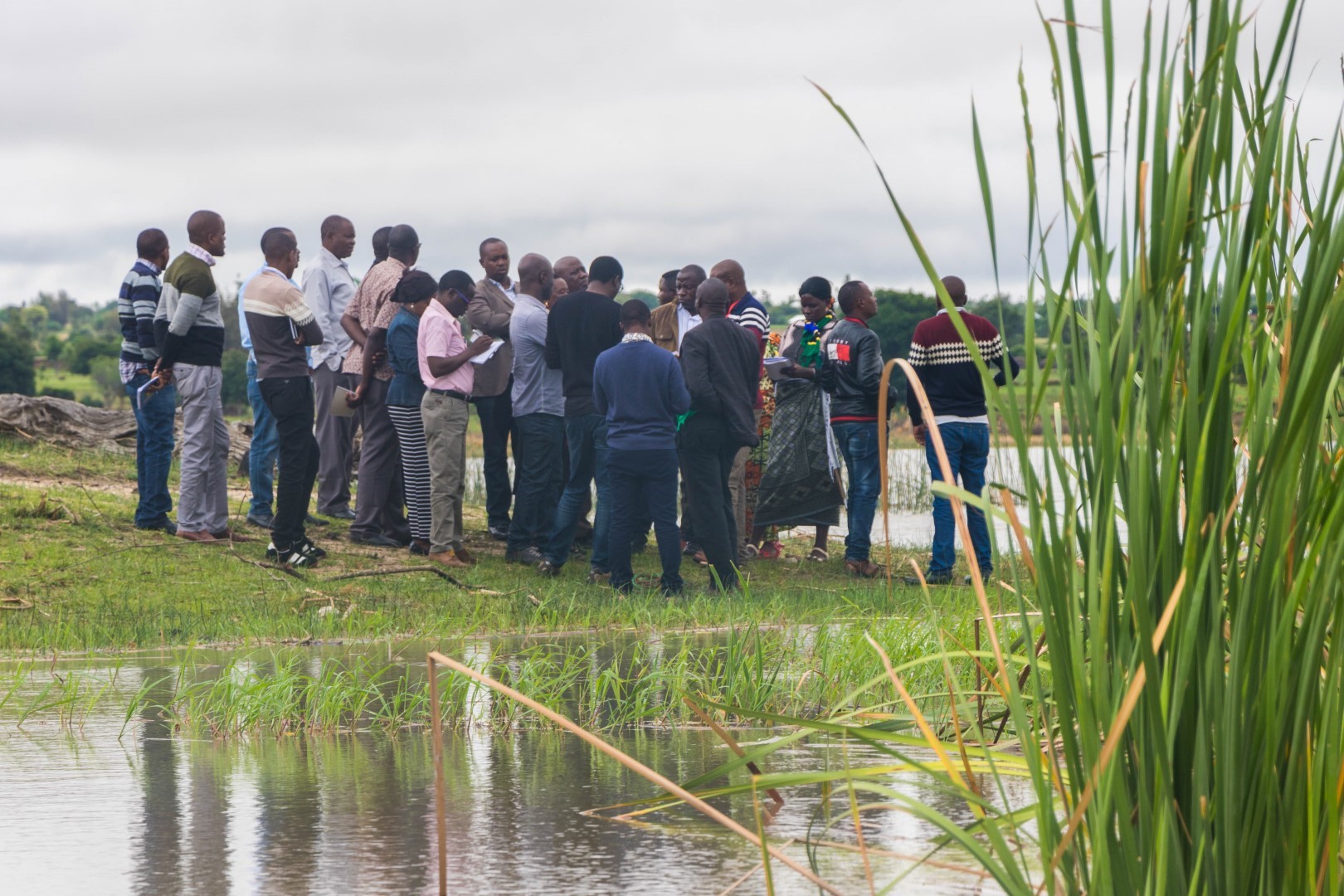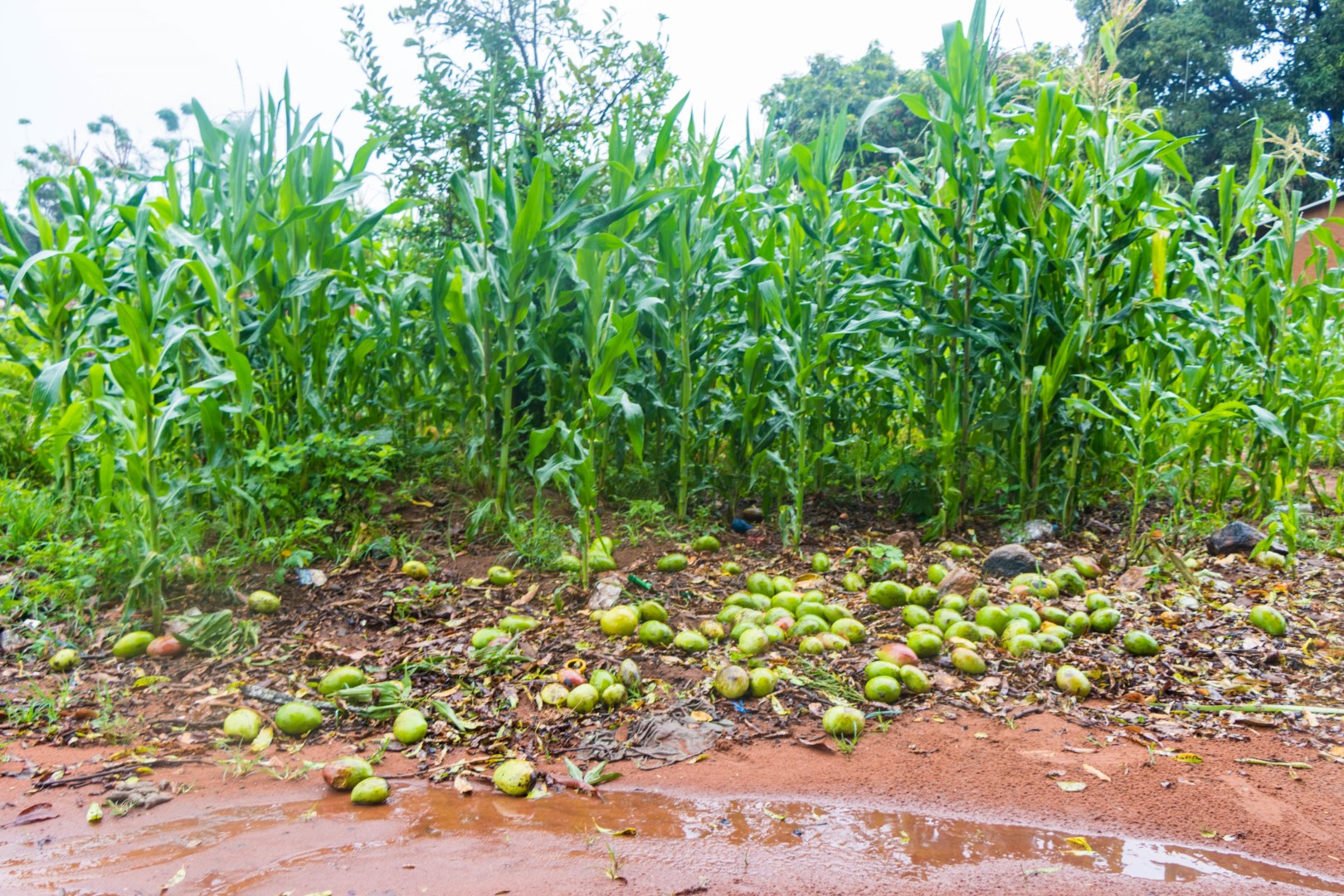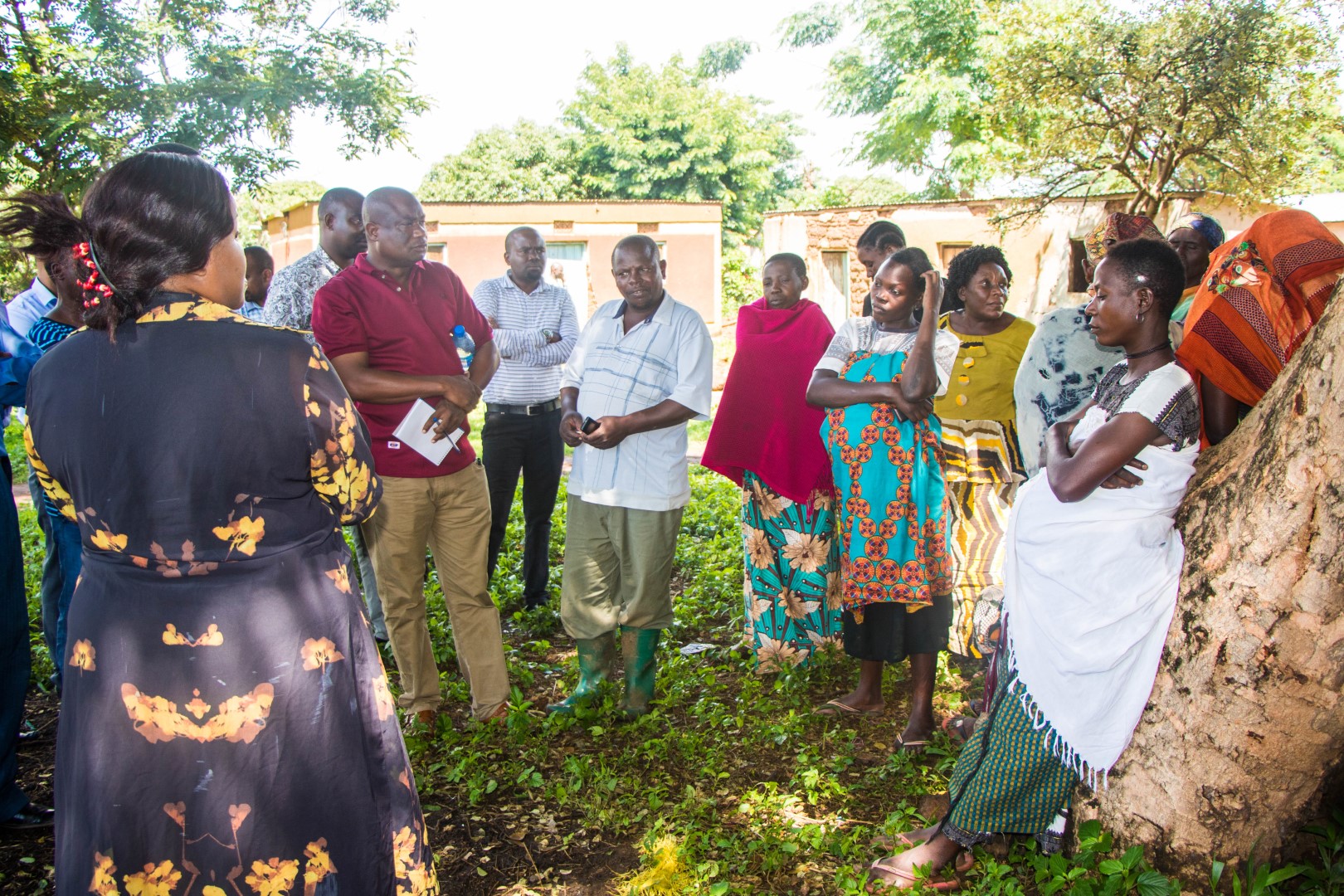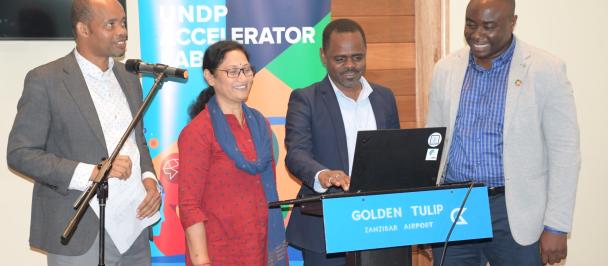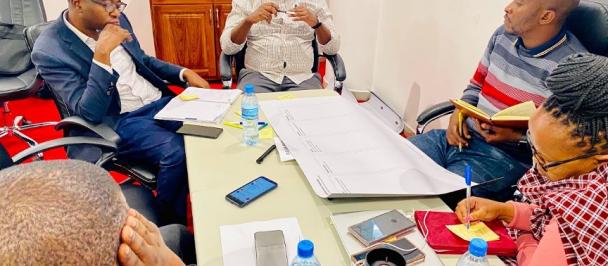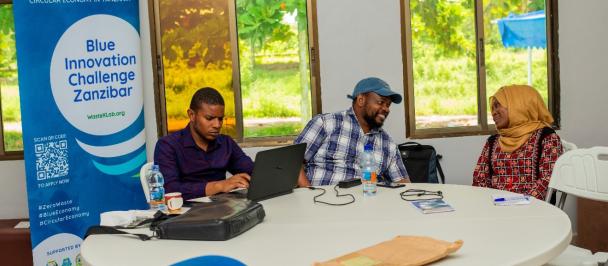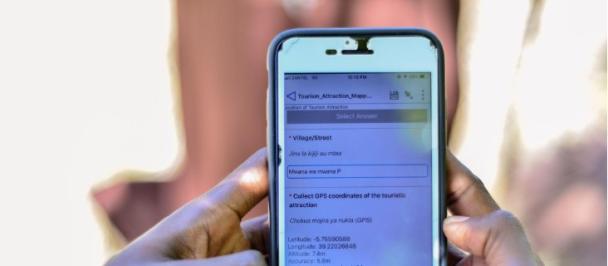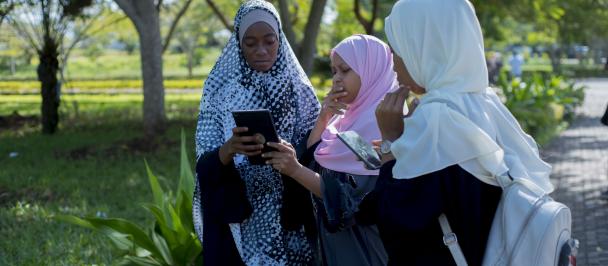Participants getting introduced to different tools which were useful to the group in understanding their development context. Photo UNDP
Few weeks ago, I was invited by the Management and the Budget Committee of the Msalala District Council to facilitate an internal workshop which brainstormed on the possible “quick and long-term solutions” which can be mainstreamed in their next year’s Local Government Authority’s (LGA) budget. After receiving the invitation and the programme of the workshop, I realised that if we were going to use the same format of the workshop, then we would end up with the business as usual type of results. Instead, I asked the management to allow me to change the programme a little bit so that I could understand how their system works, deep dive on real issues facing their constituency and design quick and long terms solutions.
I was allowed to change the format, and my first question was to understand the development context of the District Council by asking questions on why some of their previous projects failed, what they could have done differently if they were to design similar projects and how are communities confronting the issues that were supposed to be addressed by the failed projects. All the answers to my question came from the flow from the Councillors (who represents the communities) and the technical experts from the District Executive Director’s Office (who are on the ground on daily basis responding to development challenges facing the communities).
As part of understanding the development context, I also wanted to understand the revenue partners in the council by listing the main sources of revenue (to the government) and the main sources of livelihood for the Msalala communities. Mining came on top of the list of sources of the LGA’s revenues while agriculture was the main source of income for most of the population (according to the District Statistician around 90% of the district’s population depends on agriculture). The main agricultural products driving the livelihood of the communities were rice, lentils and mango. The key question, for experimentation, was to see how the main source of LGAs revenues can be linked with the main source of income of the population. In other words, the LGAs needed innovative ways of linking the mining sector and the agriculture sector to speed up the process of taking many out of poverty.
Then I went with the group for a deep dive to analyse the issues which were facing the main sources of livelihood – agriculture. Among others, the big issues that were listed included post-harvest losses, poor access to market, poor flow of market information, limited alternative uses of final products and limited alternative sources of livelihood especially during dry seasons. As part of the deep dive process, I encouraged the participants to list possible solutions which can be tested/experimented given the development context of their council.
During that part of the discussion it was clear that the council is highly underdeveloped with majority of the population living in poverty, with limited infrastructures connecting them with markets and social services, and with undiversified sources of livelihood and revenues for (LGA). Majority of the population of the constituency are small holder farmers applying outdate farming technologies, etc.
Participants took a brief field tour to deep dive in how they can integrate water dams in the Local Government Authority (LGA) and other economic activities in the LGA, among the solutions to challenges facing the main source of livelihood in Msalala community. Photo UNDP
My first question to this session was to try to make them think outside the box by asking questions such as; apart from food is there any group of people who use rice innovatively to make/produce other products apart from usual food? The cloud went on silence, then I said that should be the starting point in search for innovative solutions. I insisted the participants to think that way because if we manage to innovate alternative uses of rice, means we will be expanding the value chain and the market for rice; hence farmers will earn more from their rice and production will increase. I asked the same question for other agricultural products of maize, lentils and mango.
As part of the continuation to the discussion on the alternative uses for rice, I also asked the participants if they know anyone or if there have been any interest or efforts in producing wine rice within the Council? or if there are groups in the community who make animal feeds out of rice? The group appeared a bit silent, and those with mobile phones started to google about wine rice, it appeared wine rice was a new terminology to the group which need to be explored further by the Msalala LGA. For the case of rice for animal feeds, it appeared that to a certain extent it has been tested but since rice farming is seasonal in the area, it has failed to scale up and has not been considered significantly by communities engaged in livestock keeping.
The answers from the flow gave me a chance to challenge the participants further by giving them a 15 minutes break to google around the internet and find alternative uses of the agri products they produce, then identify contacts and if possible, write an email immediately requesting for more information on how they work, and establish a conversation for partnerships. It was a simple exercise but really an eye opener for the entire team. The group got excited and started to imagine of very simple things which – if budgeted – can be tested and scaled up in the area to create an impact to the farmers who are the majority in the area.
On the ground
On the second day of the session, we went to the field to spot other issues facing the communities. On our way, I witnessed massive losses of mango. I took few pictures (see below) of the losses and asked few questions to the mango farmers but, I thought that was not enough. I asked our counterpart (The Councillors and the technical staffs) if we could stop in one of the villages to learn more about the losses. Our counterpart agreed to stop at Ntobo village and were able to pull very quickly a crowd where we met under a mango tree.
Post harvest losses in some of the villages we visited. Photo UNDP
We selected randomly three people from the crowd for a panel discussion which lasted for about thirty (30) minutes. I moderated the panel discussion which feature the Head of Agriculture department of the council, mango farmers, women who sell these mangoes in their local markets and the brokers who buy these mangoes on behalf of the companies which are known for supplying mango juice.
During the panel discussion I realised that mango farmers were facing many challenges which can be solved by applying simple local technologies. The problems the faced were around quality of the mangos, post-harvest technologies and enough market information. I also realised that the big juice producing companies in the country were the main buyers of mango in the constituency represented by brokers who sets out the prices, quality and quantity that can be sold per day. Because of those reasons, majority experienced massive losses.
I asked a question to the audience what should we do to minimizes these losses? One gentleman shouted, “we want a meeting with the bosses of the companies who buy our mangos”, I replied “why do you want to meet them?”. More than ten (10) people contributed to the discussion on why they wanted to talk to the main buyers instead of the brokers.
Possible solutions to minimize post-harvest losses
I briefly talked to the group about a number of innovators across the country who are creating online platforms (using internet and USSD codes) to connect farmers and buyers. We agreed that, I will have a discussion with their authorities on the possibilities of organising a fair whereby innovators with such platforms could demonstrate to the farmers on how they work and see which ones could be useful to them in add value to their products.
The district treasury officer (Mr. Masatu Edward Mnyoro) impressed me with his thinking, he suggested that the LGA should set aside a budget to establish physical“ collection centres” immediately whereby buyers and sellers will meet on regular basis during harvest season specifically for mango businesses, while the Msalala LGA will facilitate the two sides by making sure the environment is fair and profitable to both parties (farmers and buyers).
He stressed that These collection centres will have to be equipped with cold storage facilities and other infrastructures necessary for such products to ensure consistent post-harvest management practices in these areas which are blessed with mangoes. He envisioned that the collection centres will not only be useful to the communities but also to the local government especially on revenue collections.
The way forward
At the end of the brainstorming sessions, the group realised that there are many reasons why communities and many places in their area are still left behind because of poverty and high inequality. One of the reasons behind they agreed was that the agricultural products produced in the areas do not have diversified uses hence limiting the expansion of the market for the farmers. In addition, the group agreed that, majority are suffering from post-harvesting losses due to poor harvesting, processing and storage facilities. They agreed to allocate enough budget to address these challenges (and many others which are not discussed in this blog) which are really bothering their communities.
One of the several panel discussion. This one was conducted under a mango tree. Photo UNDP
On the other hand, the group put forward these challenges as opportunities for innovators who can come up with solutions needed by these communities and the LGA. The Chairman of the Council Hon. Mibako Mabubu and the District Executive Director Mr. Simon Berege both agreed to allocate a budget specifically for a one-week event whereby innovators will pitch their innovative solutions to farmers, and the council will help to scale up the ones which will seem to work in their context.
The next blog will discuss in detail on the other side of the economic activity in Msalala which involves mining activities. The discussion will provide more details on how mining activities are contributing to the rapid deforestation in Msalala, increasing budget for health services in the constituency due to outbreak of diseases including HIV Aids and provide suggestions on innovative ways which can easily link the mining activities with the communities and places which are still left behind.
By Godfrey C Nyamrunda, UNDP Tanzania Accelerator Lab Head of Experimentation

 Locations
Locations